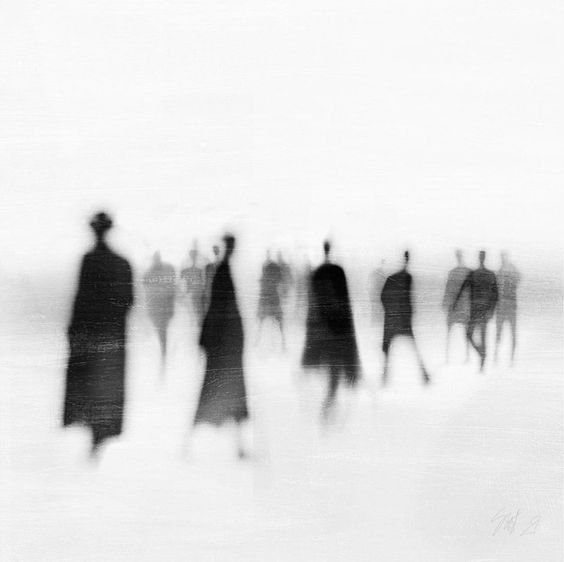One thing to remember when navigating change that it is not a search for something. The seeds of change are already within us, our journey is a measure of distance between germination and fruition. We are born innocent but the seeds of wisdom are within us. Perhaps, we may lose our innocence on the path to wisdom, but the route from one to the other is the journey of a lifetime. We are precariously perched on wings of hope and destiny, desperately trying not to fall into oblivion. But stronger wings grow from self-love and inner-strength, wings that lift us above fear and failure. These are the wings of Gratitude and Trust.
Our world cannot change by intentions alone. The behaviour and actions we take on our journey of change is reflected in each step along the way. Some parts may be pleasurable, others we take a much needed rest. There may be roadblocks and obstacles along our path, emotions like thunderstorms will rain down upon us to clear the way. Life will deliver the perfect conditions to support and nurture our growth. Pay close attention to conversations, reactions and habits, they hold clues to our unconscious patterns. Be especially vigilant when triggers are pushed, and the cause of it. It is easier to see faults and failings in others than in ourselves; there is an adage in terms of healing that ‘if you spot it you got it.’ We can turn this reflection to our advantage by making a note of what we resist. Our emotions charge our thoughts, our thoughts inform our behaviour, and behaviour creates character. We need to look at our character from an objective place, as an amalgamation of thoughts, emotions and behaviours. All these elements are interchangeable and fluid, it is our refusal to shift perspective that makes the character feel compacted and frozen in time. Real change is never outside of us, it is within. This requires our emotions to flow freely, our behaviour to be malleable and our thoughts to rise like vapour above the limitations of majority thinking.
The infinite in us is aware of the finite span of human life. Change and impermanence walk side by side on the road of mortality. Yesterday is consigned to memory and today is the genesis for tomorrow’s attainment. The illusion that things stay the same is down to the same images playing over and over in our mind. Change is certain and impermanence a given. Life by its very nature plants a seed, roots, germinates, grows, blossoms and bears fruit. The fruit contains the seed of new life and the cycle of life continues again.
Collette O’Mahony 09/03/2024
Extract from my upcoming book – A Compass or Change – available May/June.






